Every year on December 3, we commemorate the International Day of Persons with Disabilities (IDPD). The United Nations created this international celebration in 1992 to support the rights, dignity, and welfare of people with disabilities. It also draws attention to the difficulties they have in promoting a world that is accessible, inclusive, and fair to everyone.
People with disabilities represent a significant portion of the global population. According to the World Health Organization (WHO), about 15% of the world’s population lives with some form of disability—over one billion people. These individuals often face challenges in accessing education, employment, and healthcare, as well as barriers in social and physical environments.
What Does “Disability” Mean?
Disability refers to the interaction between an individual with a physical, sensory, mental, or psychological impairment and barriers within their environment or society. Common types of disabilities include:
Physical disabilities: Difficulties with mobility or using certain parts of the body.
Sensory disabilities: Visual or hearing impairments.
Mental or psychological disabilities: Cognitive challenges or mental health issues.
Approximately 16% of the world’s population, or over 1.3 billion people, live with a handicap. This day serves as a reminder that human rights and sustainable development are fundamentally impacted by disability inclusion. IDPD provides a chance to concentrate on topics like:
Access to work and education: Making sure that people with disabilities have the chance to succeed.
Reducing inequalities in access to healthcare is known as healthcare equity.
Removing obstacles in both digital and physical contexts is known as accessibility.
Increasing awareness of the skills and contributions of people with disabilities is one way to fight stigma and discrimination.
People with disabilities often encounter:
Discrimination: Stigma and stereotypes can limit opportunities and social inclusion.
Accessibility Issues: Many public spaces, transportation systems, and digital platforms are not designed to accommodate disabilities.
Limited Access to Education and Employment: Schools and workplaces may lack the resources or policies to support individuals with disabilities.
Healthcare Barriers: Inadequate medical services or high costs can prevent people from receiving the care they need.
Creating an inclusive society that meets the special needs of individuals with disabilities and gives them the tools they need to succeed is essential to supporting them. This entails fighting stigma through public awareness campaigns, defending their rights, and making sure they are accessible in both physical and digital settings. The provision of inclusive curricula, vocational training, and workplace modifications is necessary to increase access to education and employment. Healthcare systems must to be modified to reasonably and fairly address their unique requirements. Additionally, improving independence is greatly aided by assistive technologies.
Driving these initiatives requires cooperation with advocacy groups like Y-PEER, which supports rights and education for young people with disabilities. By adopting these policies, we can build a just society where everyone can realize their full potential.
We are reminded of the importance of protecting each person’s rights and dignity on the International Day of Persons with Disabilities. We get one step closer to a society where everyone, regardless of ability, may prosper by tackling systemic obstacles and promoting inclusive practices.
“YOUTHPRINT 2.0 PROJECT”
Written by: Chems Eddouha Bouchikhi
Sources
1.United Nations
2.World Health Organization
3. Disabilities Overview

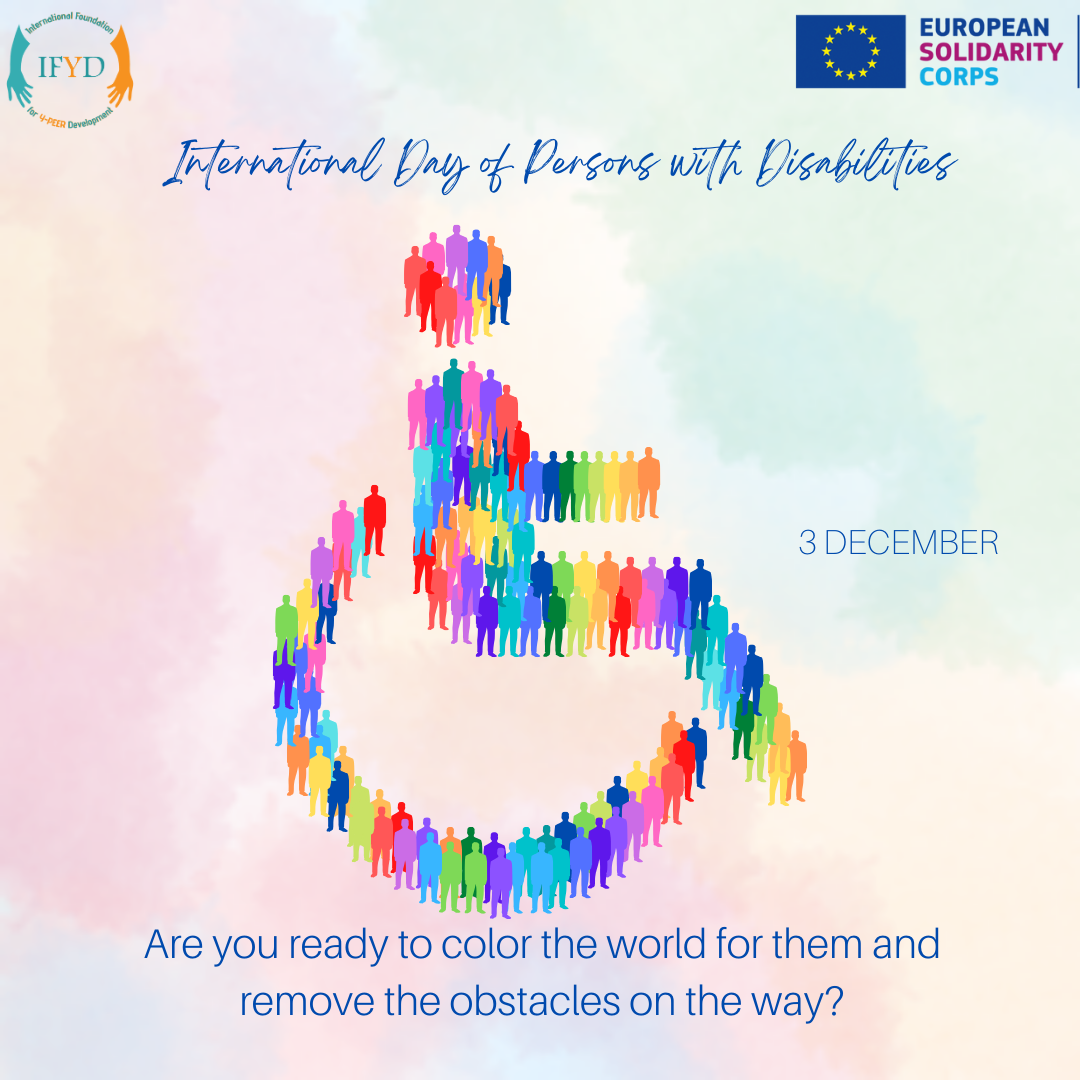

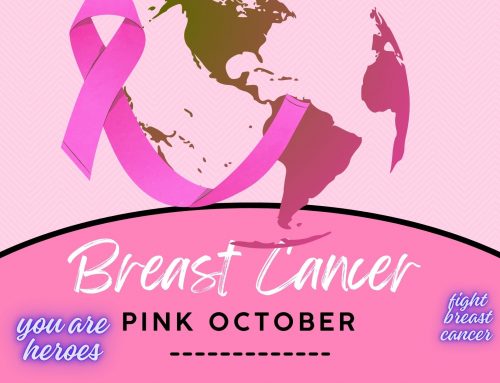
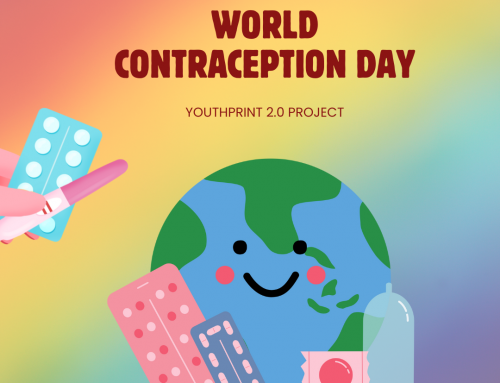
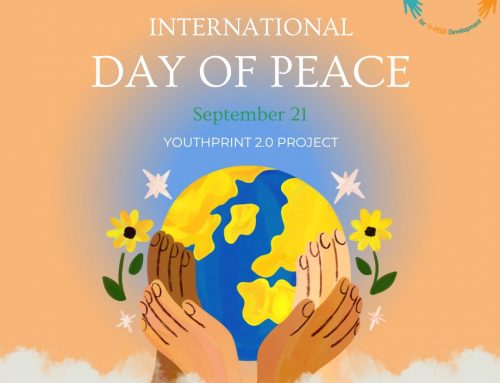

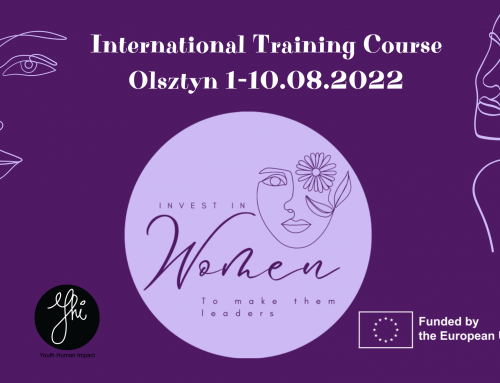


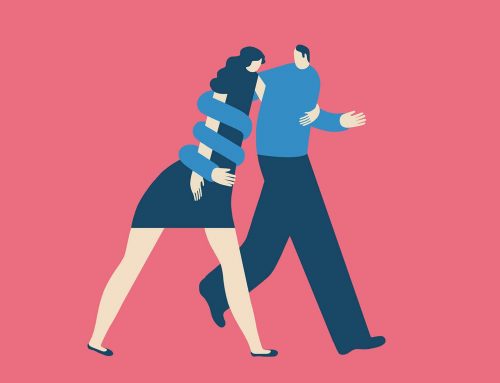
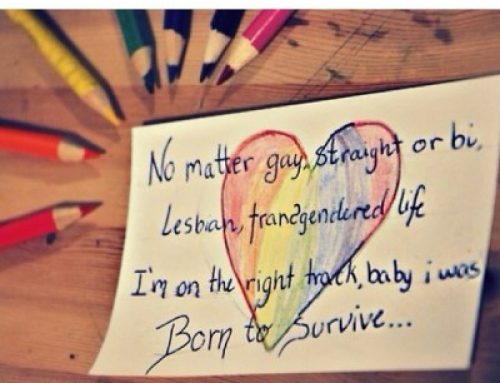
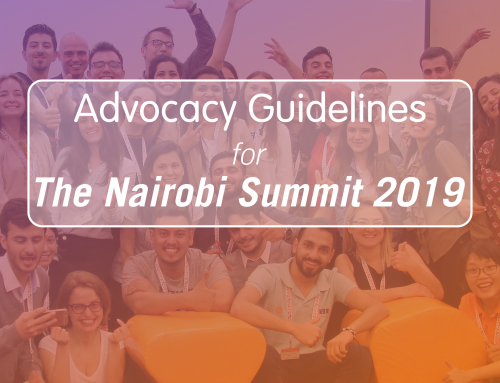
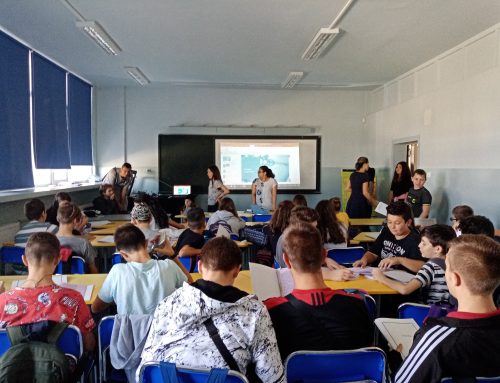

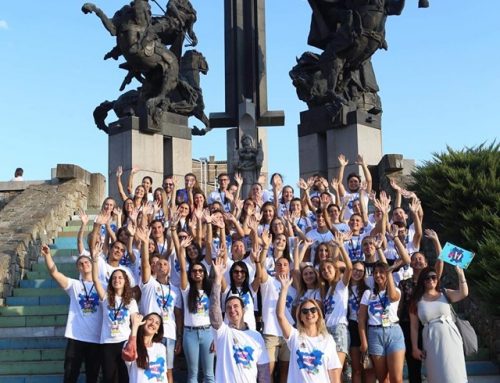

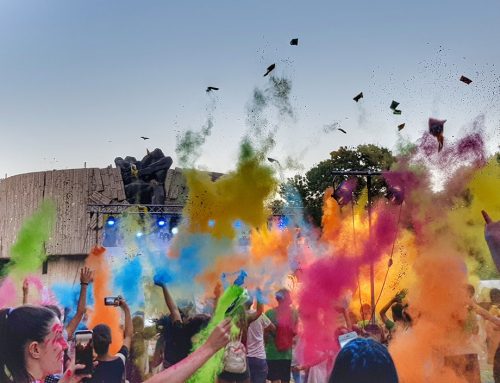

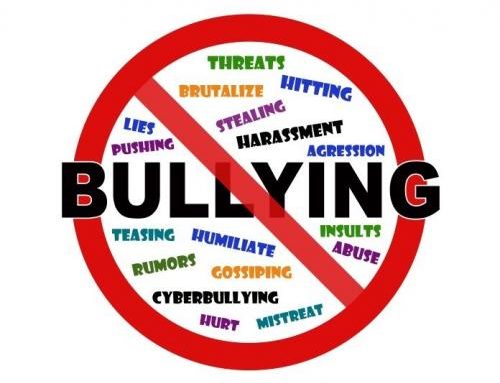

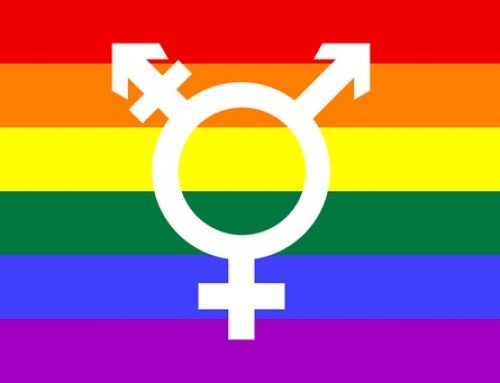

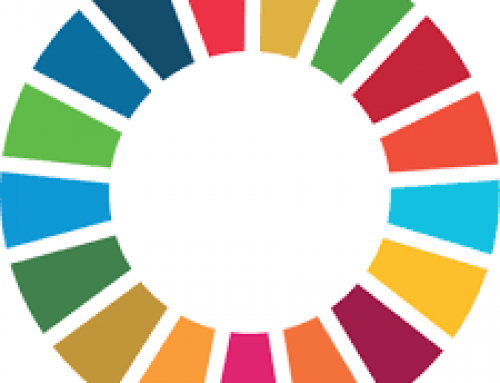
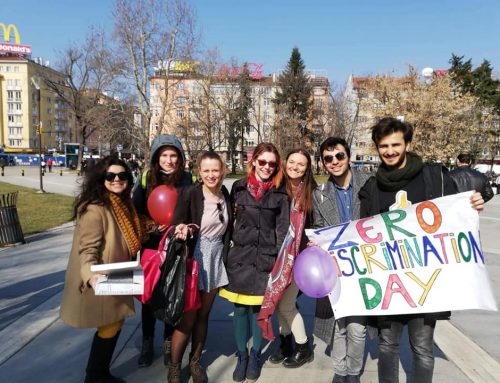


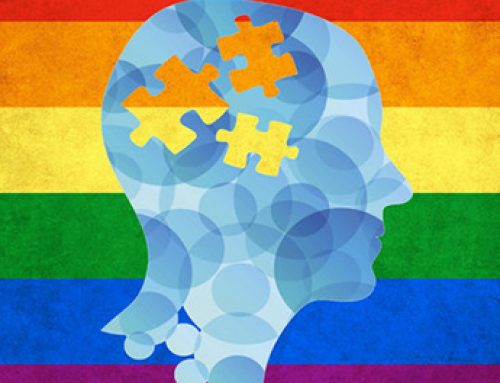
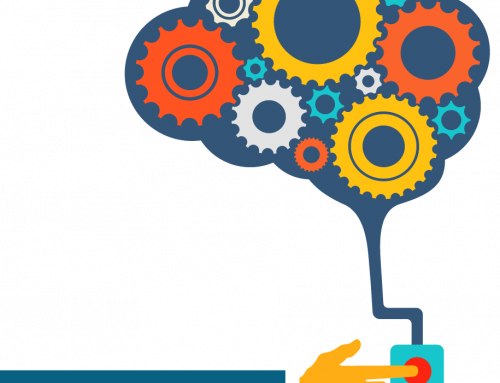
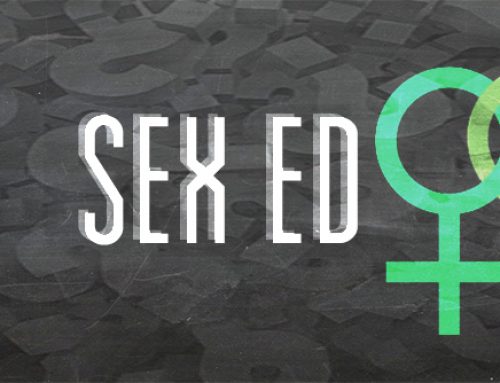


Leave A Comment
You must be logged in to post a comment.